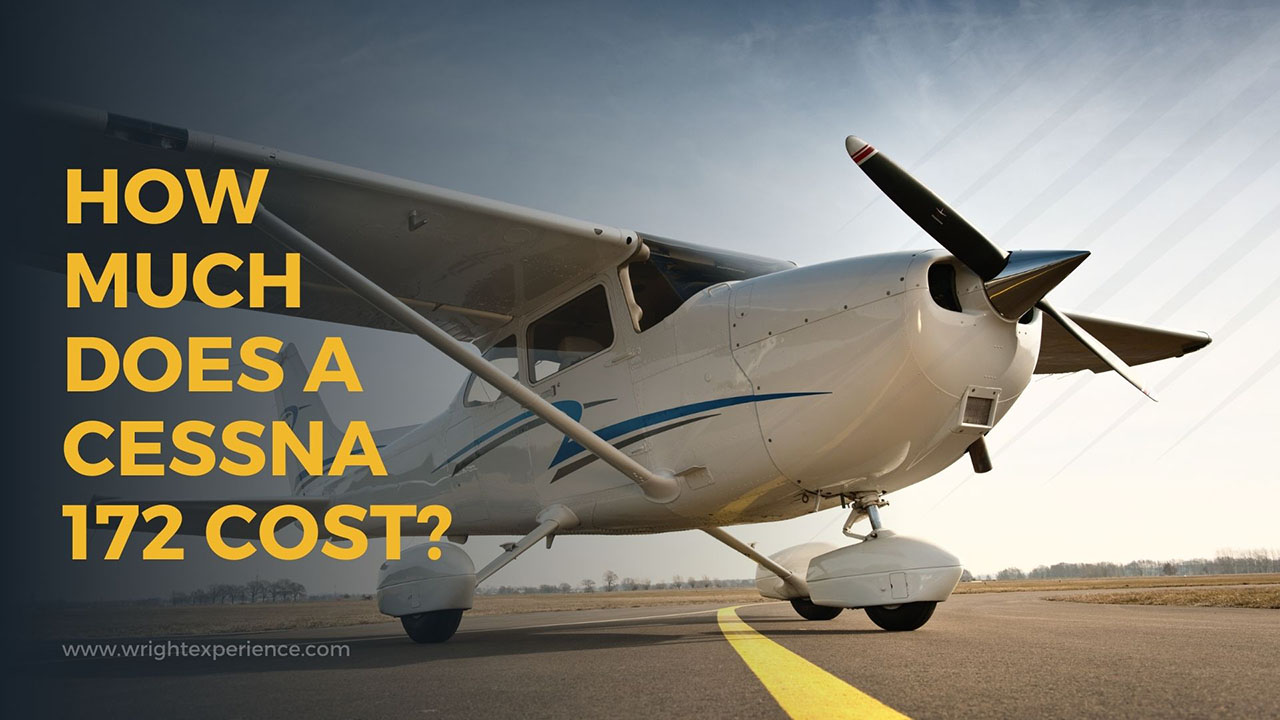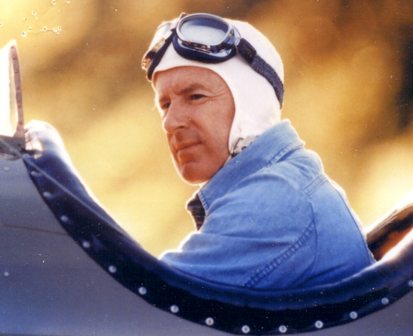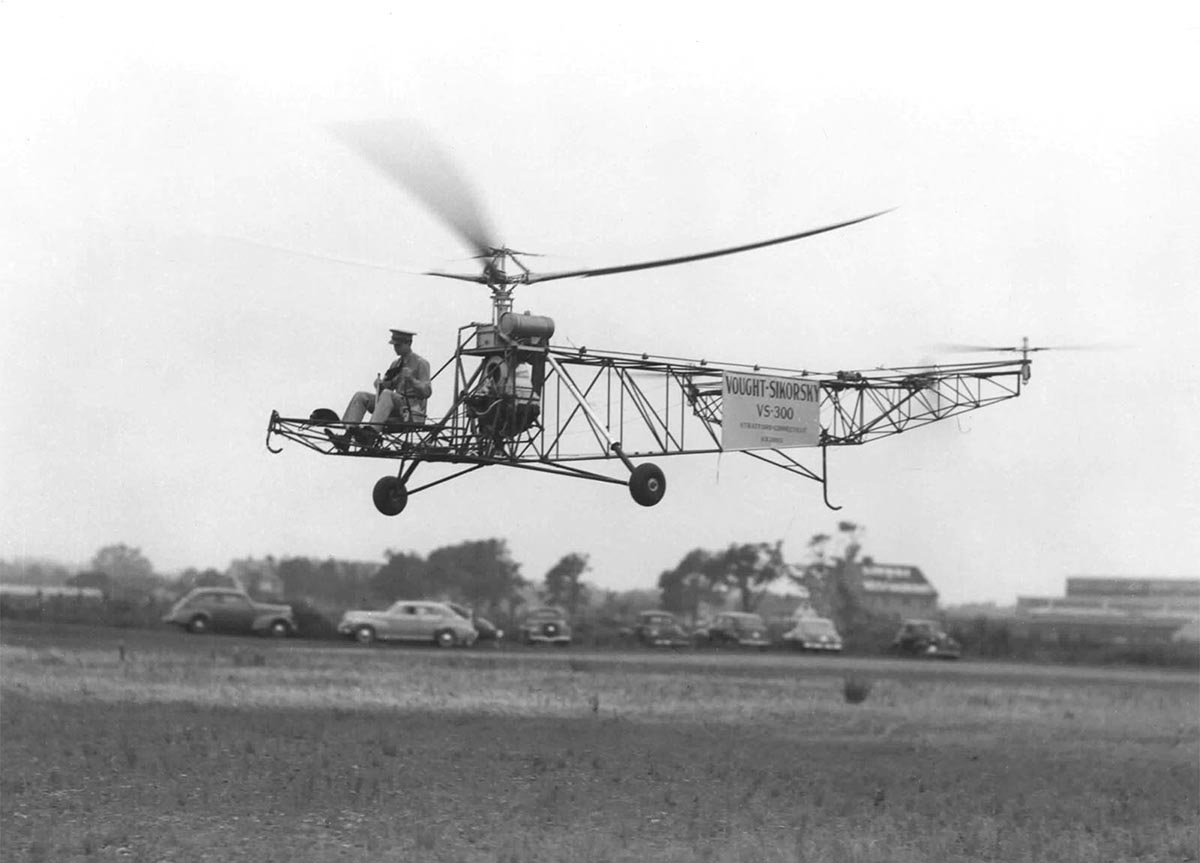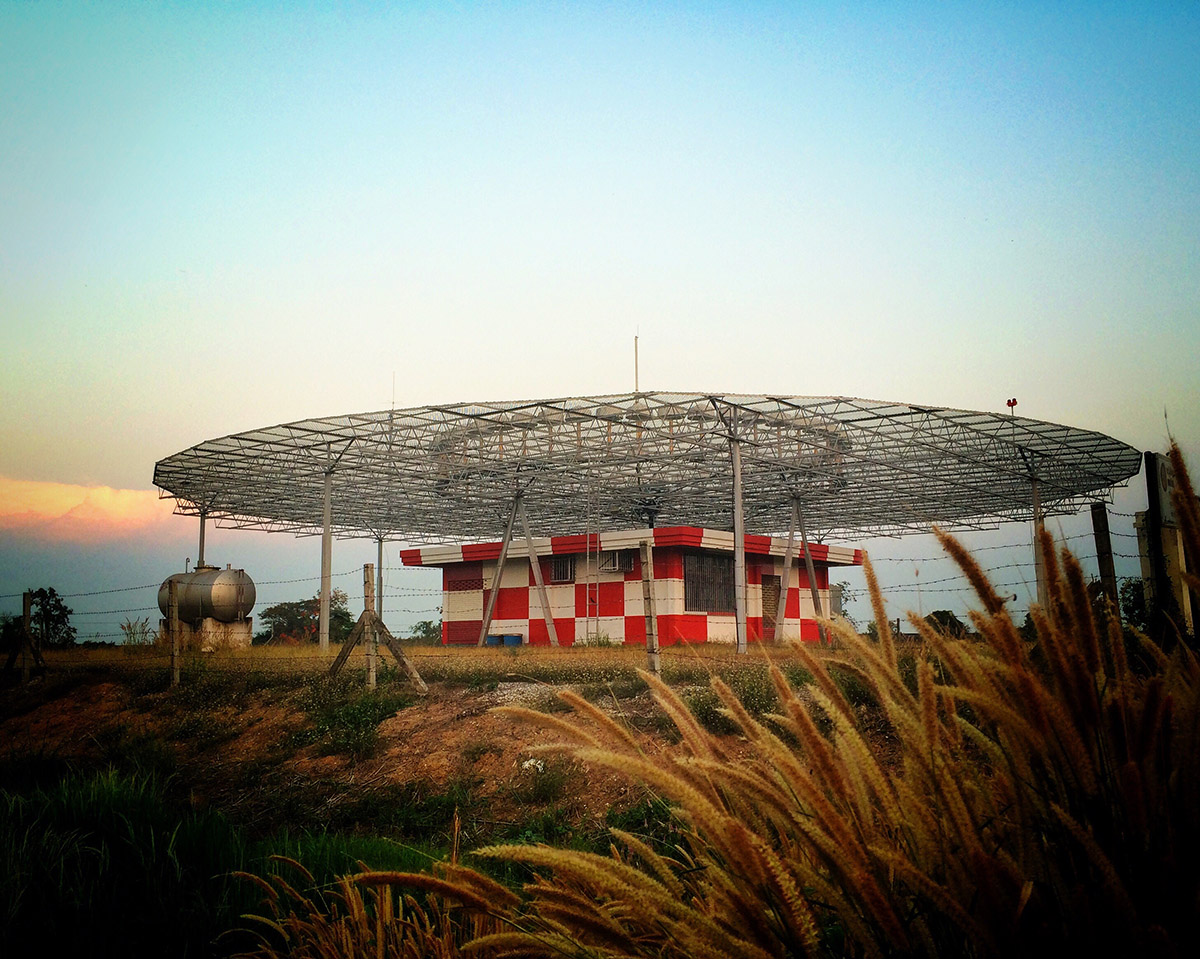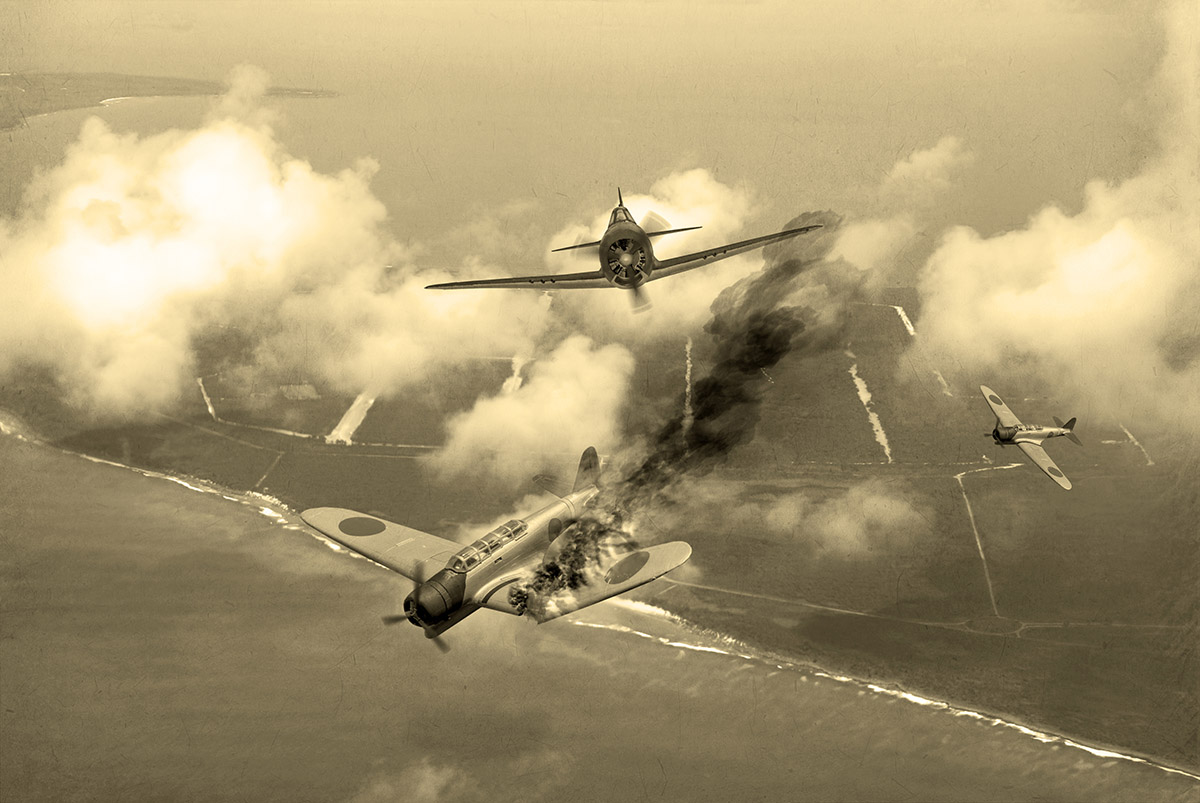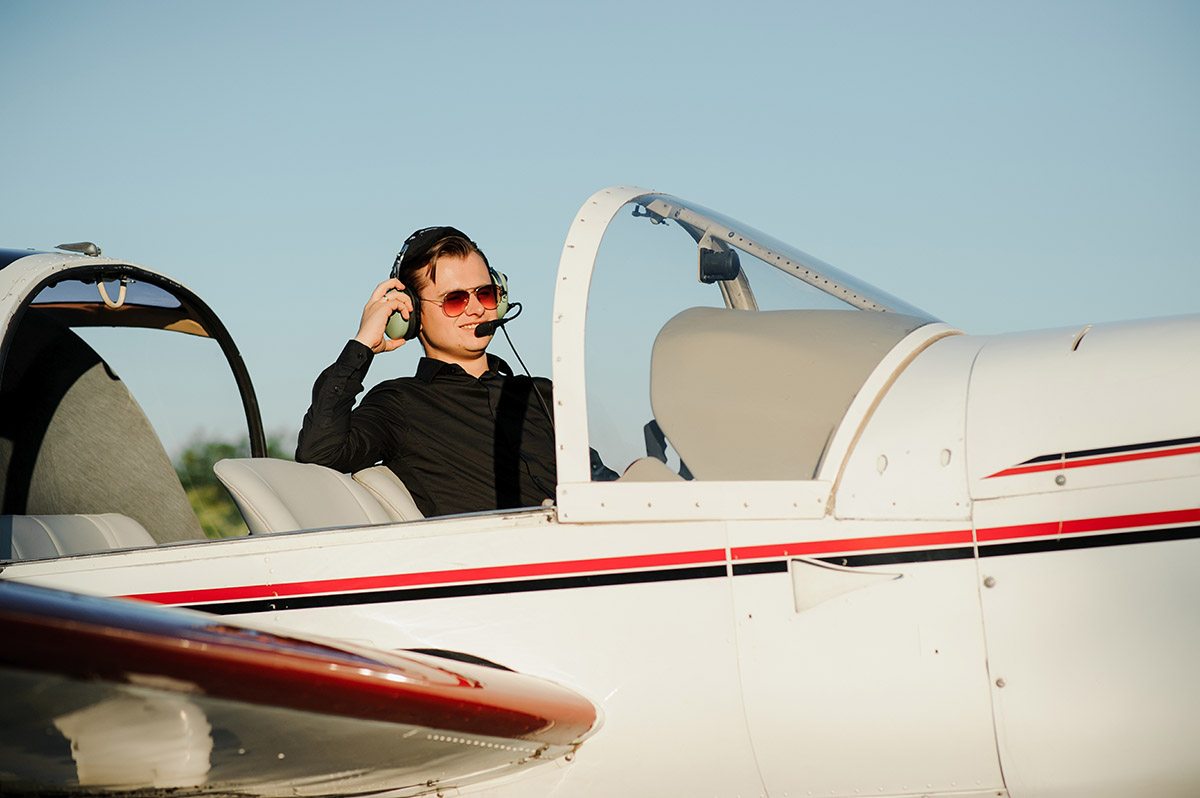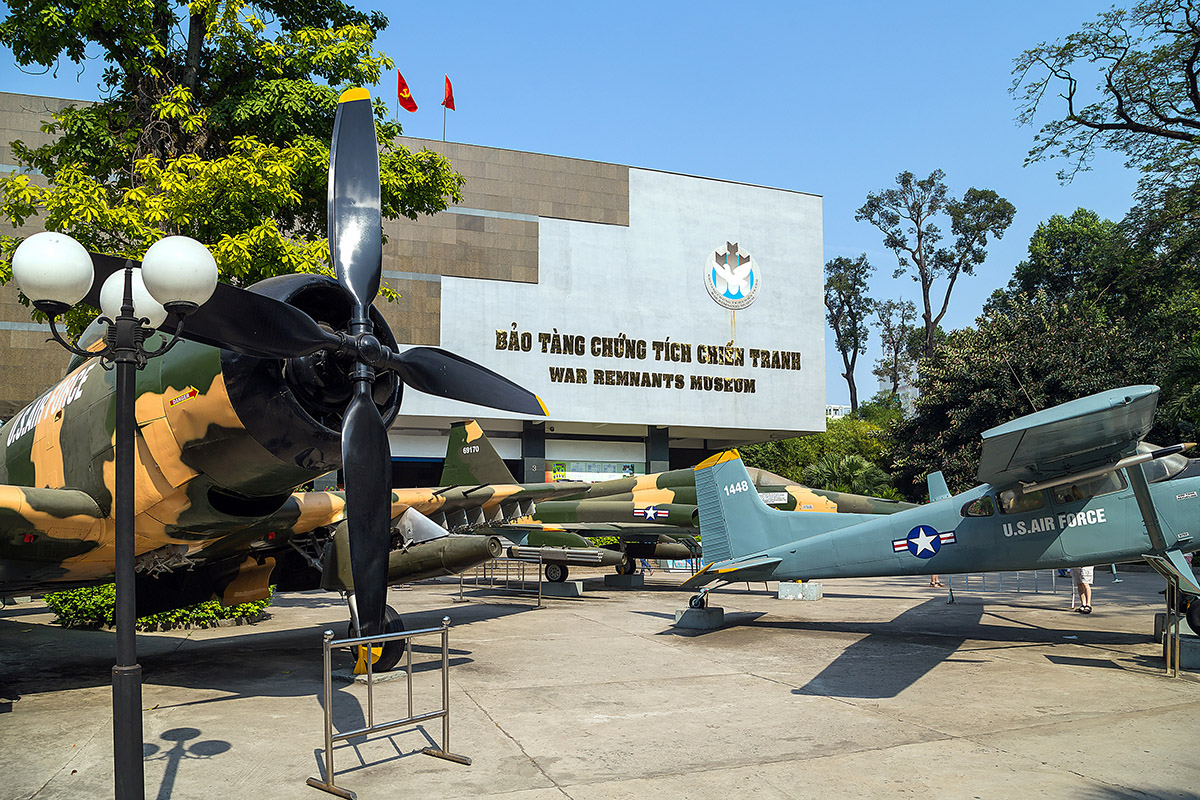The Cessna 172 is a classic for us general aviation enthusiasts. It brings together reliability, easy maintenance, strong resale value, and a welcoming community.
If you’re interested in this plane, stick around. We’ll show you how much a new Cessna 172 is.
In this article:
Initial Cessna 172 Cost
A new Cessna 172 can cost you from $300,000 to $400,000. But when it comes to getting your hands on a used one, you can cut down your budget to between $40,000 and $300,000, depending on the flight time. This is just the upfront price, so you should expect more for the operation costs.
Buying New
Picking up a brand-new Cessna 172 is about as exciting as it gets. You get a plane fresh off the assembly line, equipped with the latest tech and a full manufacturer’s warranty.
However, this option will hit your wallet the hardest. The price of a new Cessna 172 can run anywhere from $300,000 to $400,000, depending on the specs and features you choose. It’s a hefty investment but worth it if you’re looking for reliability and the newest advancements in aviation.
Going Used
If a brand-new Cessna isn’t in the cards, consider buying a used one. The market is full of well-maintained, previously loved 172s that have a lot of life left in them.
Prices vary widely based on age, condition, and avionics, ranging anywhere from $40,000 for older models to upwards of $300,000 for ones just a few years old.
Buying used can be a smart move because it offers a more affordable entry into aircraft ownership. But you’ll need to get a thorough pre-purchase inspection to avoid any expensive surprises down the line.
Fractional Ownership
Think of this as the timeshare of airplanes. You buy a share of a Cessna 172, which reduces the purchase price and ongoing costs since you’re splitting them with others. This option can significantly lower the financial barrier to entry, with shares often costing between $15,000 and $50,000, plus monthly maintenance fees.
The downside? You’ll have to schedule your flying time around the other owners, which can limit spontaneity.
Leaseback Options
Entering into a leaseback agreement involves purchasing a Cessna 172 and then leasing it back to a flight school or flying club. It’s a way to offset some of your ownership costs since the aircraft earns its keep by being used in training or rental fleets.
While this can cover expenses like hangar fees, insurance, and maintenance, it also means your plane will clock a lot of hours quickly. This could affect its resale value. It’s a give-and-take situation that works best if you’re not planning to fly your plane daily.
Operation Costs Breakdown
In addition to the upfront MSRP of Cessna 172, you’ve also got to factor in operating costs. They can be split into fixed and varied expenses, both of which can add up quickly.
Fixed Costs
These are the expenses that don’t change much in a month or year, no matter how often you fly.
Hangar or Tie-Down Fees
Keeping your Cessna 172 somewhere safe when you’re not flying is a must. If you opt for a hangar, you’re looking at costs that can range from $200 to $600 per month, depending on your location and the facility’s amenities.
Tie-downs are more budget-friendly, usually costing between $100 and $150 per month. The trade-off is that your plane is more exposed to the elements.
Insurance
Just like with cars, insurance is non-negotiable. For a Cessna 172, annual insurance costs can vary widely based on your flying experience, how you plan to use the aircraft and the insurance coverage you choose.
Expect to pay at least $500 to $1,500 per year (and even more) for a good policy that gives you peace of mind.
Maintenance
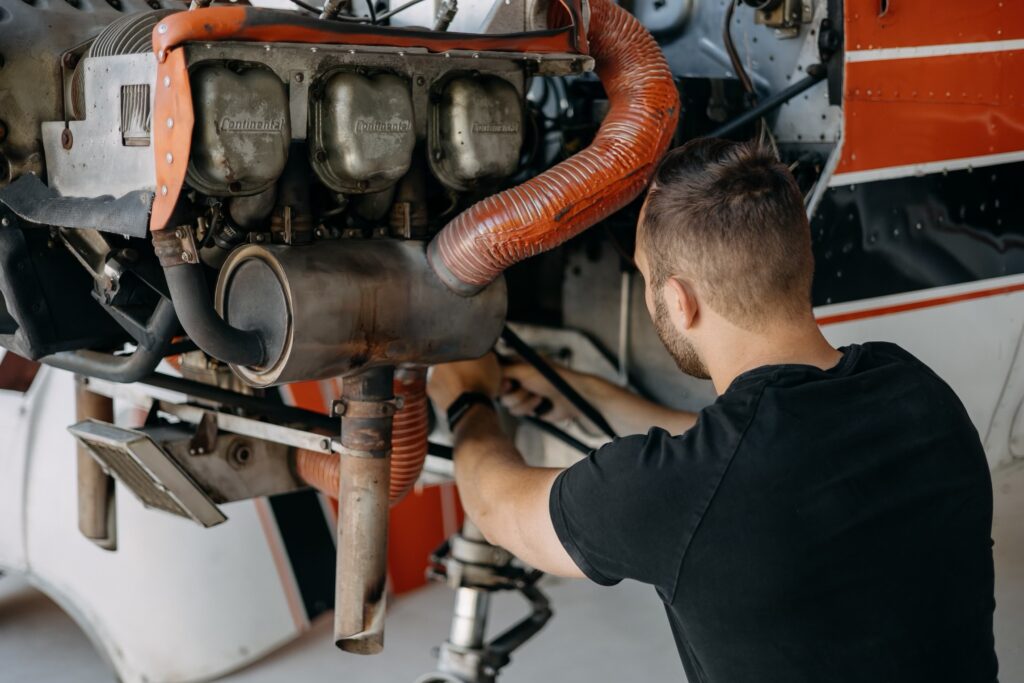
You’ll need to budget for annual inspections and regular maintenance. The costs here can vary greatly depending on what needs fixing.
Setting aside $1,500 to $3,000 a year should cover routine maintenance. However, if your engine needs an overhaul, for instance, be prepared for a bigger bill
Varied Costs
Your wallet doesn’t just feel the hit from those fixed annual costs. Variable operating costs also play a big part in the financial equation. These expenses fluctuate based on how often you fly and how far you go.
Fuel
The most obvious variable cost is fuel. The fuel burn rate of a Cessna 172 is roughly 7 to 9 gallons of avgas per hour of flight.
Let’s say avgas prices hover around $5 to $7 per gallon; a one-hour flight could cost you between $35 and $63 in fuel alone. And more flying equals more fuel.
Oil
Keeping your engine lubricated is key, meaning regular oil changes and top-offs. On average, you might use a quart of oil every 10 to 15 hours of flight time.
This expense isn’t massive, with oil costing about $10 to $15 per quart. But it’s one to remember, especially if you’re clocking many hours in the sky.
Engine Reserve
This cost is not immediately out of pocket but is crucial for long-term budgeting. Setting aside money for engine overhauls or major repairs is smart planning.
From our experience, consider saving around $15 to $20 per flight hour for this future expense of a Cessna 172. This way, you’re not caught off guard when those big maintenance bills eventually roll in.
Maintenance and Repairs
Beyond your annual inspection, planes need ongoing repair and replacement. Wear and tear from regular use means paying for parts and labor throughout the year.
This can range from a few hundred to a few thousand dollars annually, depending on how much you fly and what breaks.
Landing and Ramp Fees
Flying to different airports can incur landing and ramp fees, especially at busier or larger airports. These fees are generally small, often between $10 and $100, but they can add up if you’re a frequent flier or visiting high-traffic areas.
Additional Considerations Before Buying a Cessna 172
It’s a good idea to mull over a few more factors beyond the price tag and operating costs. They play a role in your enjoyment and the practicality of owning this popular aircraft.
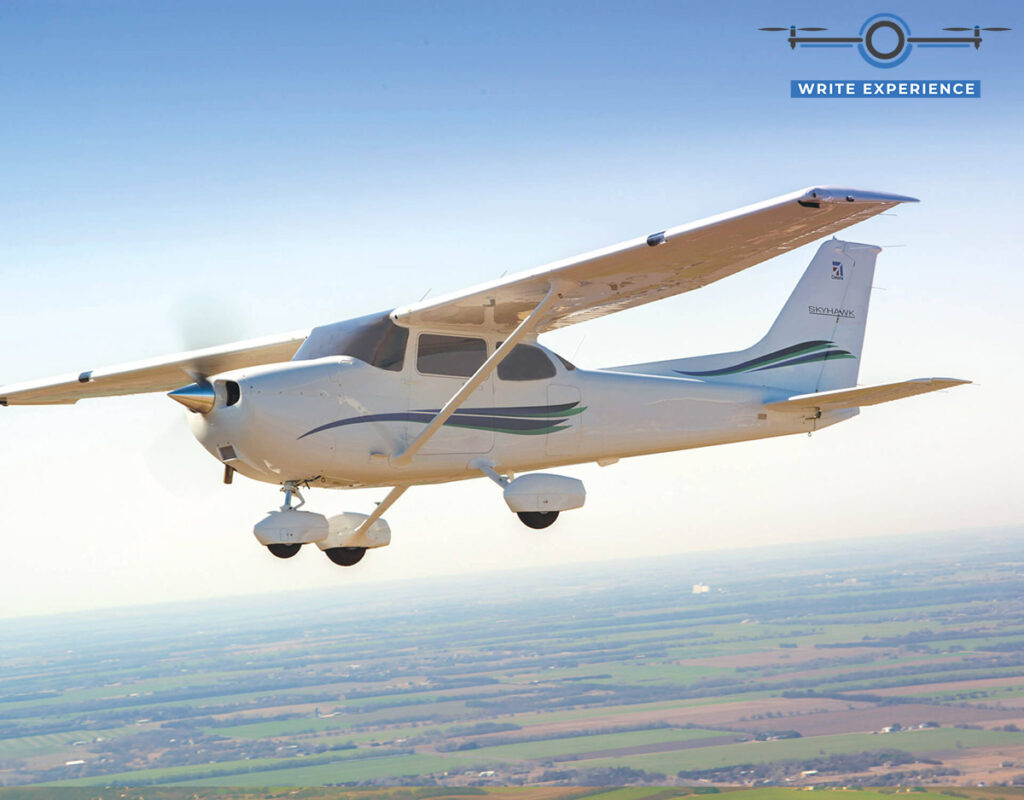
Pilot Requirements
A pilot’s license alone isn’t enough. You must stay current with your certifications, including regular medical check-ups and flight reviews every two years.
Make sure you’re up for the commitment. That is how you can maintain the skills and health standards required to fly safely.
Maintenance and Inspection Requirements
Owning a plane comes with the responsibility of keeping it in tip-top shape.
For a Cessna 172, this means regular maintenance checks and annual inspections. The FFA also requires that, if you’re flying a plane for hire or flight instruction, you’ll have to get an inspection done every 100 hours of flight time.
These inspections aren’t optional. They’re there to ensure your bird is safe to fly. It’s not a matter of if they will happen, but when.
Resale Market and Value
Think ahead to the day you might want to sell your Cessna 172. This aircraft model enjoys a robust resale market thanks to its popularity and reliability.
However, its resale value will depend heavily on its condition, total flight hours, and maintenance history. Take good care of your plane to protect its value.
Frequently Asked Questions
How Can I Finance the Purchase of a Cessna 172?
You can get this done through aviation loans offered by many financial institutions or through a personal loan. Shop around to compare rates and terms.
Some lenders specialize in aircraft financing. They understand the specific needs and risks involved and potentially offer better terms.
What Are the Most Significant Operating Costs for a Cessna 172?
We’d say fuel, maintenance, and insurance. But don’t underestimate the cost of regular maintenance and unexpected repairs, as these can vary widely year by year.
How Can I Increase the Resale Value of a Cessna 172?
Keep up with all maintenance and inspection schedules, make timely repairs with quality parts, and keep detailed logs of all maintenance activities.
Investing in modern avionics and keeping the interior and exterior in good condition can make your aircraft more attractive to potential buyers.
See more: How Fast Does A Cessna Fly?
Conclusion
The cost of a Cessna 172 depends on your chosen airframe and how you want to finance it. It isn’t that different from, say, buying a car in principle. Keep an eye on the details, and you’ll easily navigate them.
We hope you’ve got the info needed to make the 172 work for your budget. Fly safe!

